The Blog
Get product-led news, analysis and knowledge for people who work in tech. Join 45,000+ product managers, designers, engineers and VCs from Spotify, Netflix, Apple, Amazon and more.
Explainers
React Explained for Product Managers
Everything you need to know about the...
Web3 For Product Managers: A Guide For The Crypto-Curious
If you're open to taking risks and love working...
How to Write a Product Vision Statement
It goes without saying that your product vision should ultimately link back to your product’s overall value proposition. Sure, it doesn’t have to be explicitly obvious that your vision fits within a specific industry domain, but it makes no sense to come up with a vision so random that people feel confused by the mismatch between the vision statement and the company.
DevOps Explained for Product Managers
Transition from tragile to agile...
Payment Terminology for Product Teams
Payment gateways, tokenisation, PCI compliance...
GitHub Explained for Product Managers
Pull requests, merges, branching and all that...
Strategy
SaaS Pricing Models for Product Managers
6 ways to price your SaaS product using leading...
The 5 types of Product Differentiation
How to fight your natural instinct to copy...
How to Create a Product Content Strategy
Content is perceived as something that can be slapped onto a design at the end of the product development process. But in the best companies, content is the design process, not an afterthought. A product that has invested in heavily integrating both design and content into the overall experience oozes quality. You can feel it.
Why Product Features Matter
Feature factories is the term people use when they’re working at a company who’s idea of product strategy is putting a spreadsheet together with a shopping list of items that need to be delivered with a few dates slapped next to them. But as real as these frustrations are, it’s also worth asking: what if features actually do matter?
Radical product strategy
In 2011 when I founded Likelii, we had a clear vision: To make it easier and fun for wine enthusiasts to find wines they were likely to like. But despite having a clear vision, I had caught what I now call the Iteration Epidemic where we try to copy the success of companies that found their success through iteration, trying one strategy after another to find the nirvana of product-market fit.
How to measure product market fit
As we look to challenge ourselves to make the best decisions possible, we often judge our decision making skills on the outcomes we achieved. This isn’t quite right since the outcome itself will always be unpredictable; the results achieved are different to the decision making process which led to a decision being taken. This is known as ‘resulting’ – where you assess the quality of your decision by the outcome it achieved.
Process
Why Product Teams Should Hire Tech Leads
Realising the power of the product management...
How Product Managers and Sales teams can work effectively together
Mastering the delicate relationship between the...
How to Write Impactful Release Notes as a Product Manager
High impact releases deserve high impact release...
How to Get the Most out of a Product Beta Phase
Why running a well managed beta program can be a...
5 Ways to Keep Teams Aligned as a Product Manager
Why building a shared understanding is critical...
5 No Code Automation Worklows for Product Managers
How to leverage no code automation tools to make...
Skills
Presentation skills for Product Managers
How to excel at the activity we dread the...
Technology Skills for Product Managers
The most useful technical concepts to understand when working with engineers.
Tools for making better product decisions
A good decision can lead to bad results, but so long as the steps you took to make that decision were sound, you can sleep safe at night knowing that you took the best action based on what you knew at the time.
3 Ways to Develop a Metrics Oriented Mindset
Get yourself into the habit of continuously asking yourself, the product team and the wider business how you will measure feature requests and upcoming product developments.
Writing BDD Test Scenarios
How BDD scenarios can make your testing more...
How to Communicate with Engineers
Why communication with your engineering team is...
Podcasts
Product Stacks – Episode 4 – Diego at Google
Episode 4Diego Rivas Product Manager, Google...
Product Stacks – Episode 3 – Suji at LinkedIn
Episode 3Suji Kim Senior Product Manager,...
Product Stacks – Episode 2 – Majed Chaaban at Venmo
Majed Chaaban is a Senior Product Manager at Venmo where he’s focused on the Venmo Debit Card – a product allows millions of users to spend Venmo balance funds everywhere Mastercard is accepted in the U.S. and in U.S. territories. Prior to Venmo, Majed was Senior PM at PayPal.
Product Stacks – Episode 1 – Christin at Shopify
Christin Karwatzki is a Senior Product Manager at Shopify where she helps millions of merchants offer competitive and reliable delivery experiences. Prior to Shopify, Christin spent 4 years at Amazon in both product and program management.
Resources
No Results Found
The page you requested could not be found. Try refining your search, or use the navigation above to locate the post.
Career development
No Results Found
The page you requested could not be found. Try refining your search, or use the navigation above to locate the post.
Weekly briefings
Product Briefing – October 5, 2023
Google Docs’ new competitor, AI wars, App industry benchmarks
Plus: Airbnb’s ML patent, DoorDash’s swipe for restaurants and Uber expands to returns
Product Briefing – September 28, 2023
Spotify’s voice clones, Apple’s new patent, surge pricing surges
Plus: Snapchat’s subscriber milestone, a GA4 alternative, DALL-E 3
Product Briefing – September 21, 2023
Google Bard Extensions and TimeOS
Plus: Slides gets indicators, WhatsApp payments expand, Fitbit’s makeover
Product Briefing – September 14, 2023
Uber’s secret task rabbit and DuoLingo’s new Music app
Plus: Retool AI, permissions simplified, Meta’s powerful new LLM
Product Briefing – September 7, 2023
Airtable AI and a new browser
Plus: Meta’s paid sub plans, Airbnb’s trouble in NYC and how to measure engineering productivity
Product Briefing – August 31, 2023
Google Docs’ Grammarly clone and Salesforce margins improve
All articles
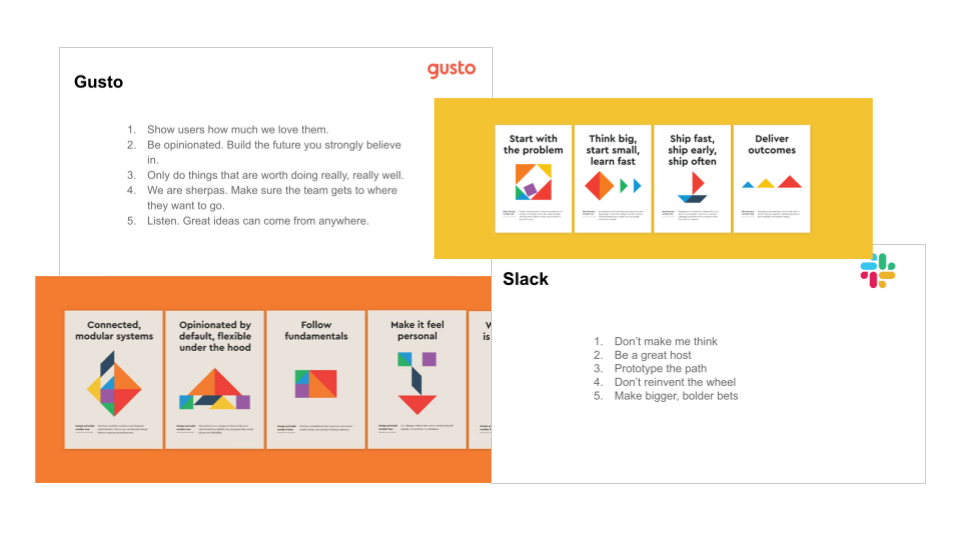
Product Principles – Examples for Product Managers
Product principles are used by product teams to help guide decision making. They may initially feel like a nebulous corporate waste of time, but once you’ve invested some time in developing them, you’ll rarely wish you didn’t.
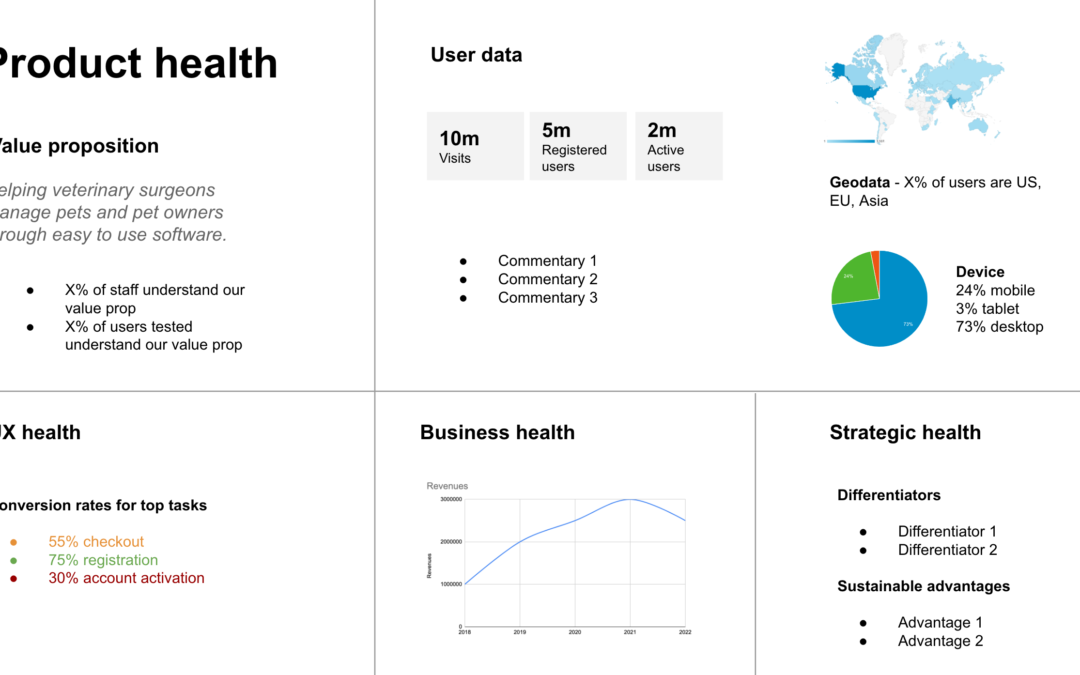
How to Conduct a Product Health Check
Product strategy isn’t simply about clear decision making; before you can even begin to make any decisions about the direction of your product, you need to spend some time in diagnostic mode where you try to build a big picture snapshot of the health of your product.

What Product Managers need to know about Product Marketing
Product management is concerned with deciding what to build, for who and why. Product marketing is concerned with figuring out the most effective ways of telling potential customers about what’s been built.
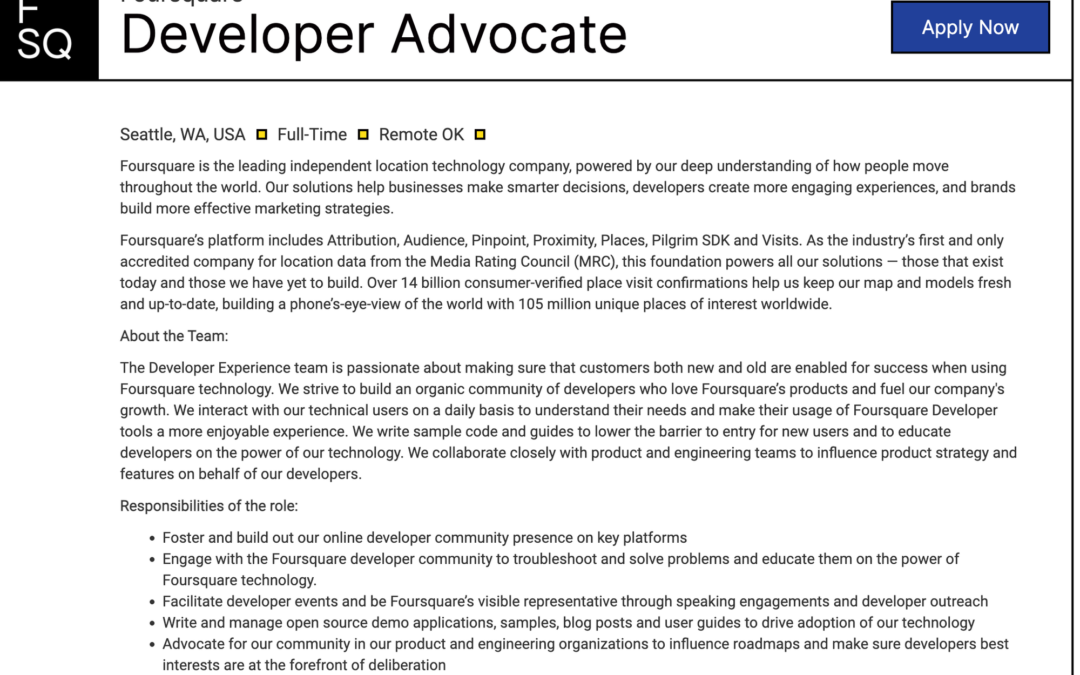
DevRel Explained for Product Managers
Developers are, and always will be, a critical part of product development. Not just because engineers are the ones actually building the products we use, but also because getting the engineering community on board as evangelists for your product can make or break your success.
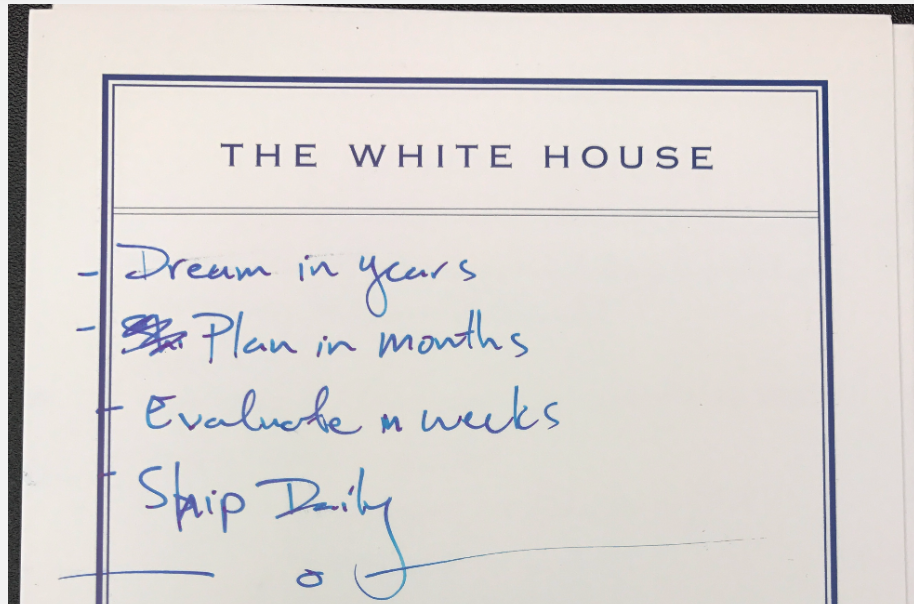
How to Build Products Quickly
If you’ve ever had the joys of working in both an early stage startup and a large corporation, you’ll understand the difference between a company with an operating cadence of ‘run’ and a company with an operating cadence of ‘stay afloat before the quicksand of corporate bureaucratic sludge kills you’.

Accessibility Checklist for Product Teams
Why accessibility can no longer be treated as an afterthoughtAccessibility is the practice of improving the usability of your products for a broad audience. When product teams hear the word “accessibility” they may think first of people with physical conditions: low...
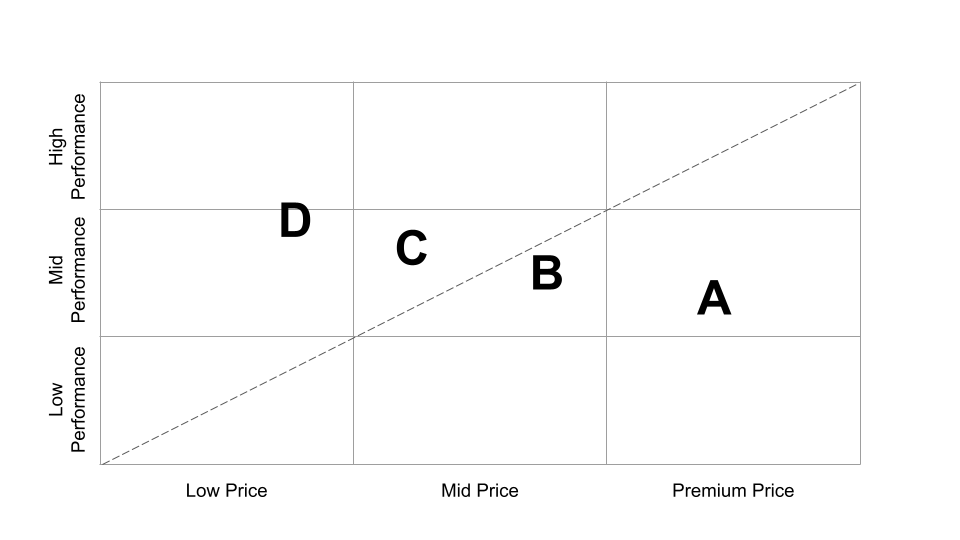
Product Positioning for Product Managers
Why an understanding of how your product is positioned is criticalA key responsibility for Product Managers is to define how their products are positioned in the market. Pricing, user experience, features, performance, branding, customer service and partnerships...
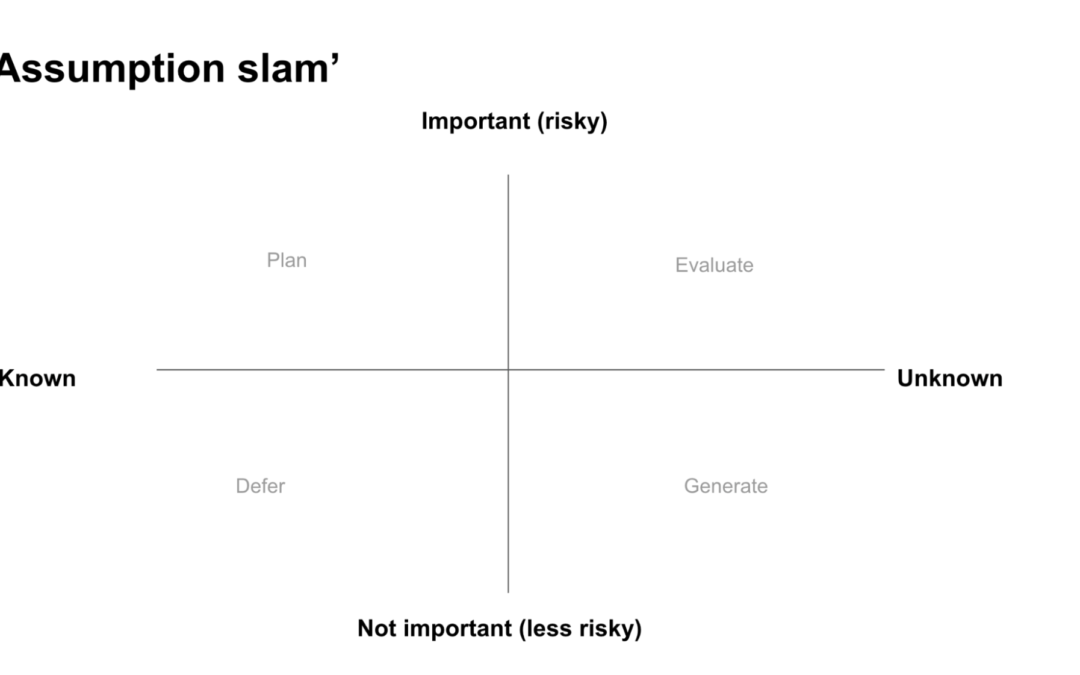
How to de-risk your Product Strategy
Ultimately, you’ll never know if what you’re going to build will succeed until you’ve built it. But there are some sensible steps to take before committing to building your product that will help you to increase its likelihood of success – and de-risk your likelihood of failure.
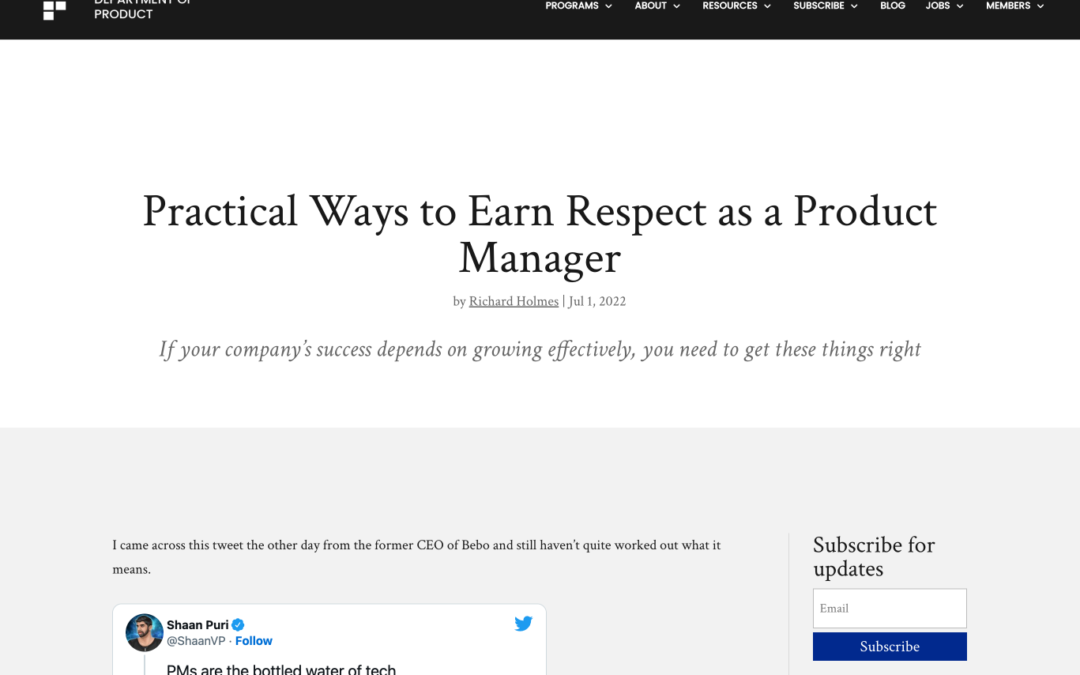
Practical Ways to Earn Respect as a Product Manager
As a Product Manager, it can be difficult to justify your own existence. Luckily, earning respect from your peers can be a powerful way to fight off these feelings and misconceptions.
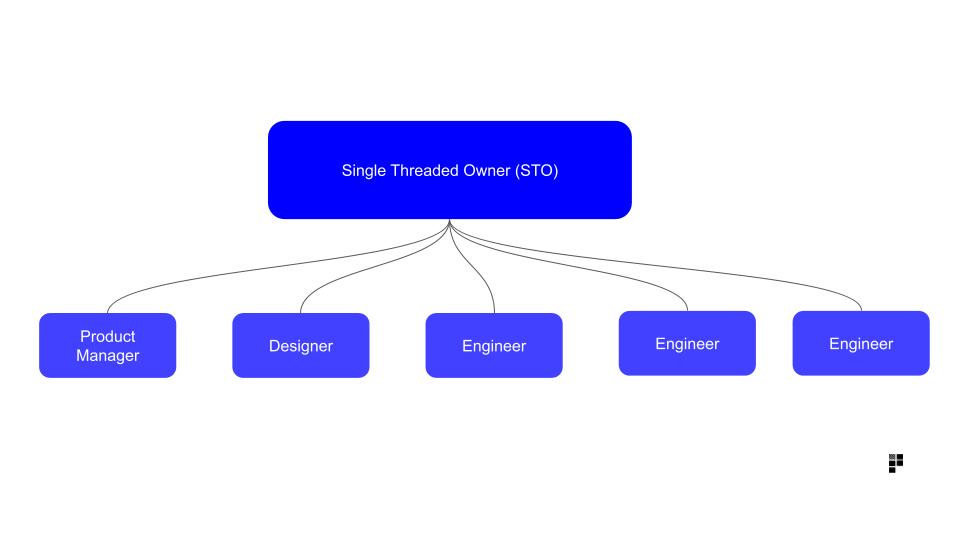
How to Structure your Product Org to Optimise for Growth
If your company’s success depends on growing effectively, you need to get these things rightWhen a company grows quickly, it undergoes stress. The faster the growth, the more the stress. Structure can make the situation better, but only if it is designed correctly for...
